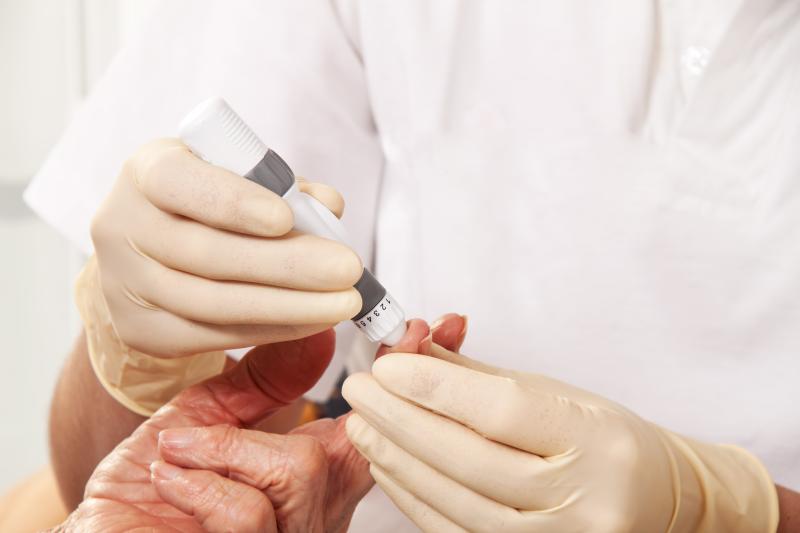
There appear to be minimal differences between generic and branded exenatide when used as an add-on therapy in patients with type 2 diabetes mellitus (T2DM) inadequately controlled on monotherapy or combination therapy of metformin and insulin secretagogues, a study has found.
The study included 240 T2DM patients (mean age, 50 years; 58.3 percent male) with glycated haemoglobin (HbA1c) ≥7 percent to ≤9.0 percent (53–75 mmol/mol) on monotherapy or combination therapy for at least 3 months. Half were randomized to receive treatment with generic exenatide and the other half to receive the branded drug for 16 weeks.
At treatment completion, HbA1c levels improved significantly from baseline in the two groups, decreasing by 1.10 percent or 12.0 mmol/mol in the generic group and by 1.08 percent or 11.8 mmol in the branded group (both p<0.001). Generic exenatide met the noninferiority criteria, and the least-squares mean difference in HbA1c reduction was 0.03 percent or 0.33 mmol/mol.
There were no significant between-group differences seen in the number of patients achieving HbA1c <7 percent (53 mmol/mol) and the change in HbA1c levels from baseline at week 8. Additionally, changes in fasting plasma glucose, 2-h postprandial glucose, 7-point self-monitoring blood glucose profiles, and body weight at week 16 (all p>0.05) were similar in the two groups.
There was little difference in the incidence of adverse events, including hypoglycaemia (18.3 percent and 17.5 percent), between the generic and branded exenatide groups (p>0.05).
These findings suggest that the generic may have an identical efficacy and safety as the branded exenatide, although further studies are needed to assess the long-term effect of the generic drug, according to researchers.